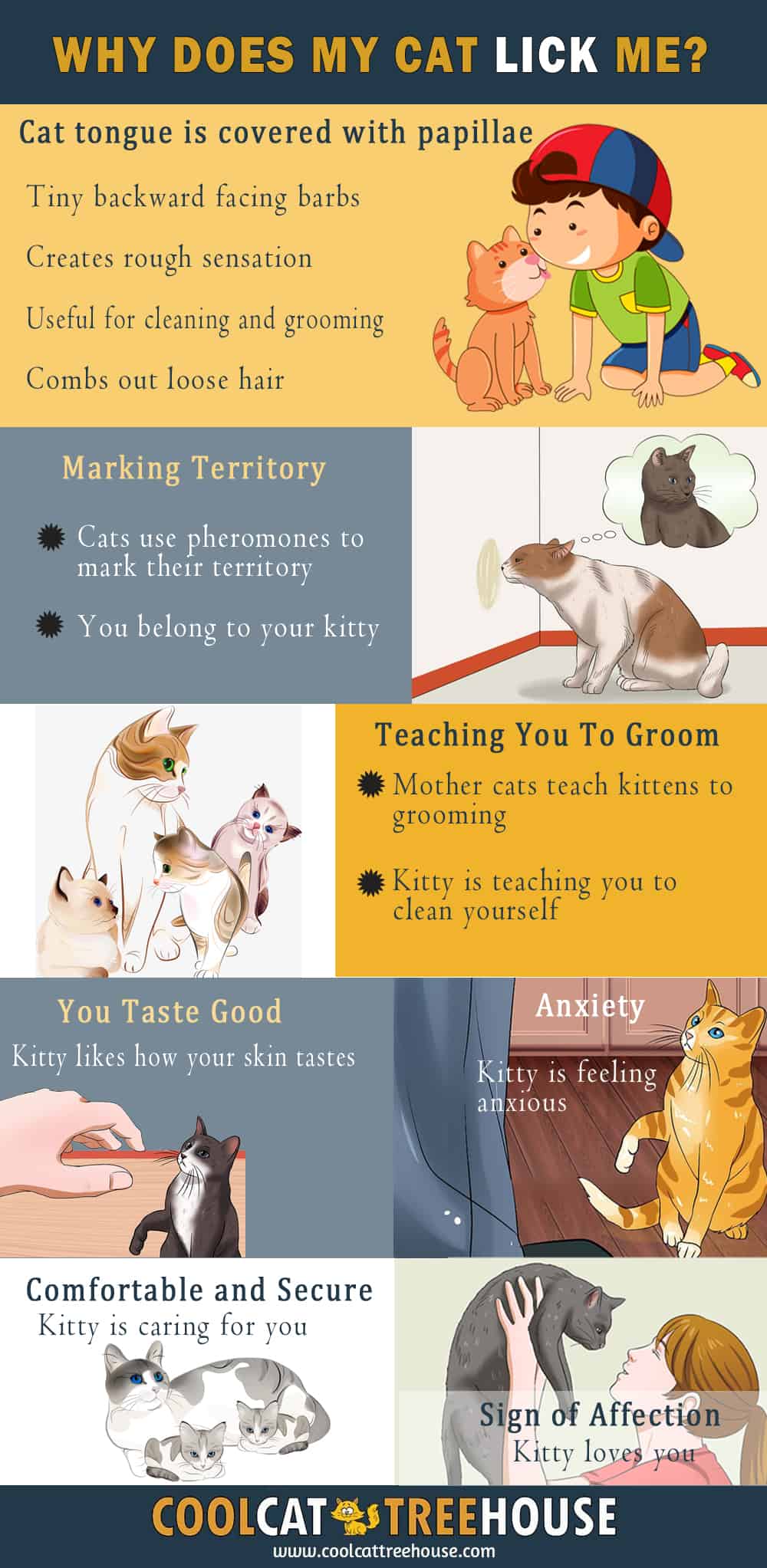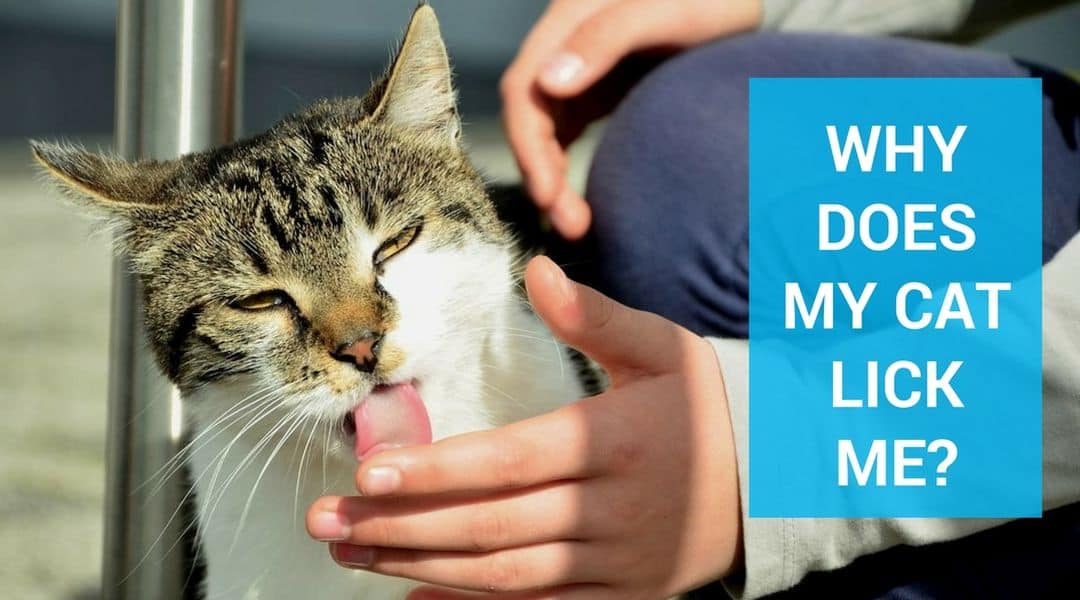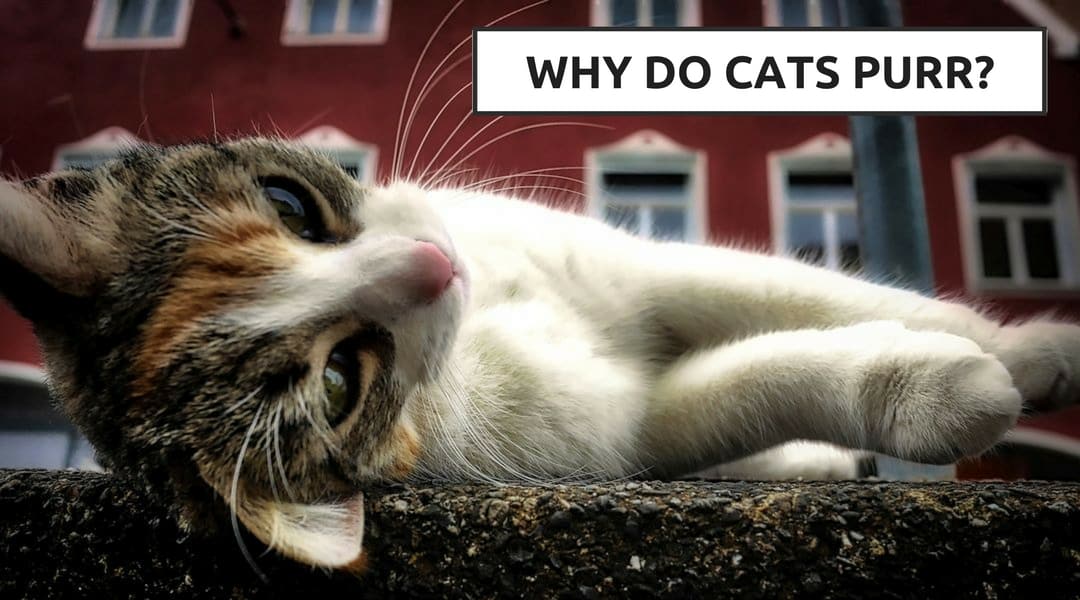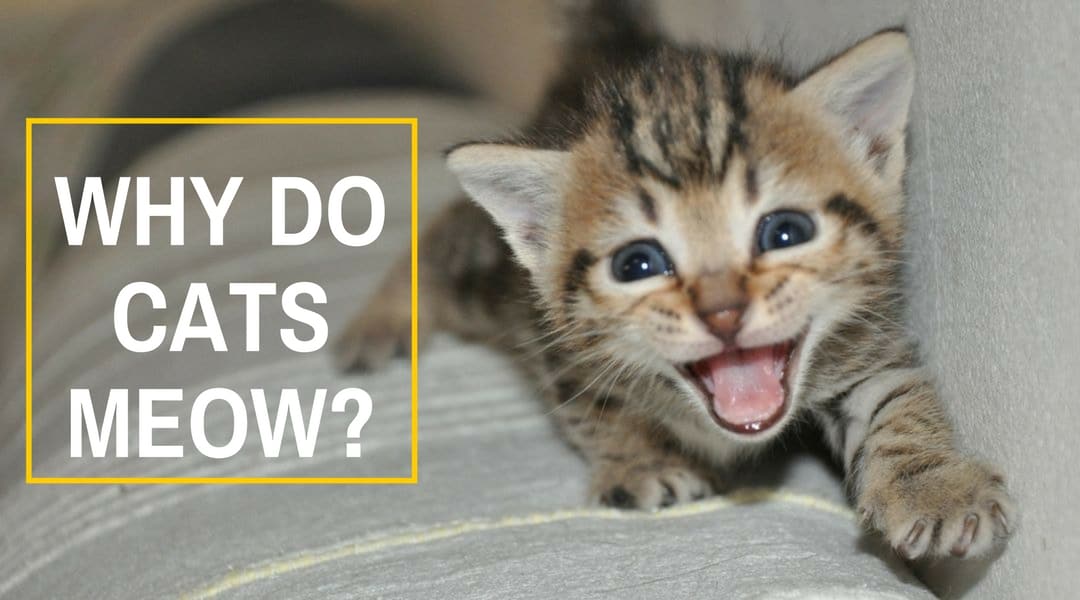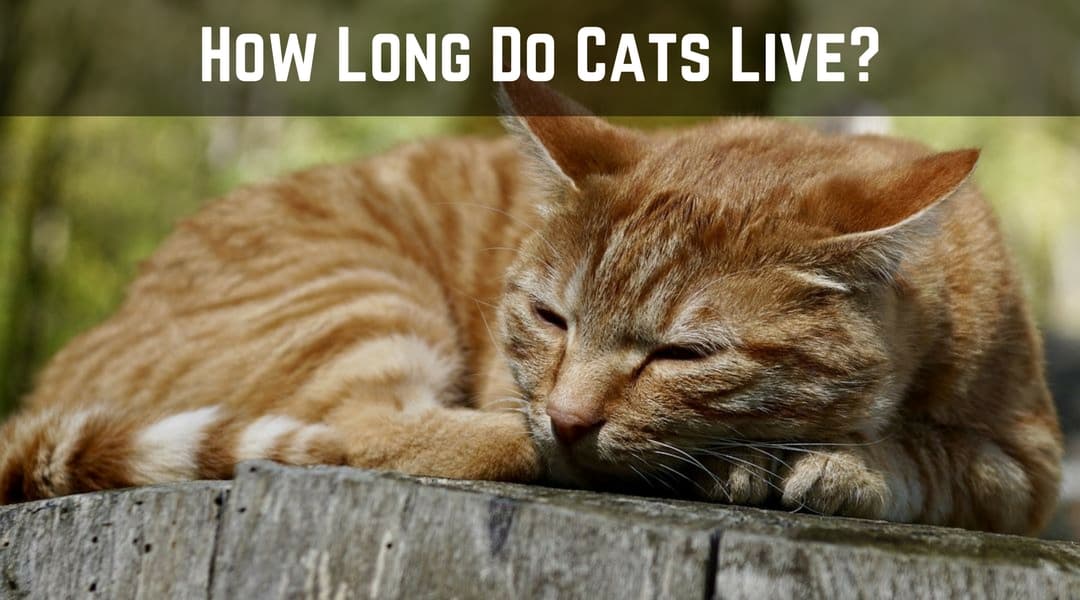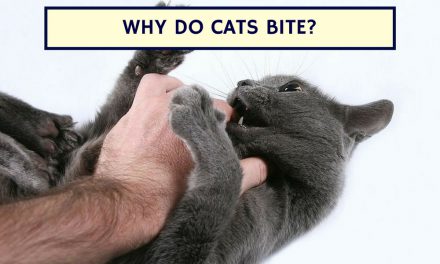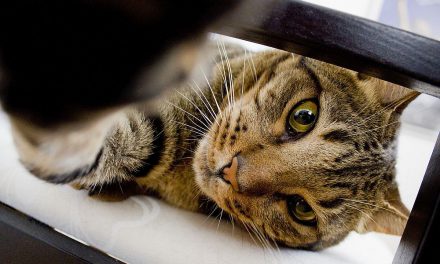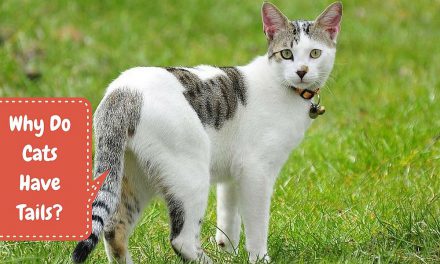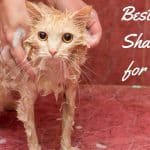Table of Contents
Why Does My Cat Lick Me Introduction
As any cat owner will tell you, all felines have their own personality, characteristics, and tendencies. Some cats lick their owners, which leads to the question of why does my cat lick me.
While some cats are affectionate and loving, others are independent and do not like being touched very often. Owners tend to associate contact that is initiated by their pet with how much their pet likes or loves them when in fact, this may not have anything to do with their affection for you at all.
Studies have shown, however, that animals do experience the same emotions that cause them to want to be affectionate with another human. Just as there are different people in the world who either like or don’t like to display affection, so are there varying tendencies in your pets, especially cats.
Scientists and veterinarians have studied the behaviors of both cats and dogs and found that cats are very different than their canine companions. The brain of a feline operates with more focus and the ability to adapt to new situations better than most dogs. This difference in the way of thinking means that felines will also show affection in different ways.
How Do Cats Show Affection?
Felines are notorious for their purr. That rumbling sound that comes deep from their throats is almost always linked with whether or not they are satisfied. Animal behaviorists will tell you that cats have many ways of expressing emotions such as meowing, chirping, tail positioning/activity, grooming, and even licking. Cats show most of their affection in their language or through body language.
Cats will frequently talk with owners or use some form of communication or language. A cat meowing is almost always accompanied by tail movement and by the specific use of the eyes. If a cat’s tail is swishing more aggressively and the eyes are wide, it is more likely that feline is feeling playful or even aggressive themselves. If the same language is accompanied by a tail in a tall stable position, gently swaying, and with the eyes blinking frequently, the cat is communicating that they are content and satisfied.
When a feline is looking directly at you, they will blink which is a type of “kiss.” A cat blinking shows that they are happy and content with you, but can show you that across the room without the need for physical contact. A feline’s tail reveals a great deal about their satisfaction.

Cats whose tails are straight up with a slight curve in the tip are among the most comfortable and content that you will find. Felines will use their tails wrapping them around legs or objects to show an even deeper level of happiness. Another common affection is head bunting or nuzzling. As cats interact physically with you, they are also mingling their scent with your own. This is a sign of protection and showing that you are the owner of the pet. Licking is another form of affection, but one that can have very different implications or reasons.
A Cat’s Tongue
The tongues on a feline are truly unique. A close look at the physical appearance of a cat’s tongue reveals that it is made up of thousands of tiny little spines. These spines are made of the same material as human fingernails, keratin. All these spines face the same direction towards the back of a cat’s throat. Scientists believe that this design is attributed to the feline’s naturally tendency for grooming.
When cats groom either themselves or other cats, they are essentially capturing all the loose hairs, dirt, and excess oils. The spines act as a hairbrush, toothbrush, and deep scrubbing pad all at the same time. As feline grooms, what is caught in the tongue travels into the cat’s mouth and down into the stomach.
Cat Hairballs
Scientists who have studied wild cats have found that their tongues are the same and in some cases, the spines are much longer. The reasoning for this is that at that point, the tongues can not only capture dirt and hair but also parasites and bugs—a necessary grooming procedure out in the wild. These types of cats also use their tongue to help mask their scent so that they will be less easily caught by both predators and prey.
The mouth of a feline is exceptionally wide. This is both a good thing and bad. The wide mouth allows for cats to take large bites into their prey at one time. Unfortunately, the size is also a downfall as cats will frequently drool and lose a substantial amount of water. If you look closely at your feline while it is drinking, you will notice that its tongue curves backward from that of a human’s.

The shape of the tongue, movement of the tongue, and the spines all help a cat to capture water, take more into the mouth, and keep it in the mouth. For wild cats, this is especially useful when eating as they tend to lick the blood and fluids off of their prey. Scientists have actually captured slow motion videos of cats drinking where it appears the water is coming into the cat’s mouth as a single column simply because of the cat’s ability to take in water so quickly and efficiently. Needless to say, a cat’s tongue is essential to its well-being.
Why Does My Cat Lick Me?
All of this information still does not answer the question of why does my cat lick me. Felines may lick their owners for several different reasons which may or may not be related to affection.
Cats tend to lick their owners at specific times. If you observe your pet closely, you will notice that they don’t lick as often as a dog might. While a dog’s tongue is incredibly sensitive and filled with thousands of nerve endings, a cat’s is not designed the same mostly because of the keratin composition of the spines.
Dogs tend to lick constantly while cats lick at specified times that usually revolve around their own grooming time, relaxation, or after waking up from a nap. This can be for a few reasons. During relaxation or upon waking up, cats are more sensitive and likely to be social. They are also hungry and thirsty because they usually have very high metabolisms. This does not mean that your cat wishes to eat you necessarily.
Rather, think of it as a small child. Children will often put things in their mouth and even chew on things when they are hungry. Cats are much in the same. A feline may also lick you during their own grooming time simply as a reaction or to include you in the process.

Cats are social creatures, just in their own way. Felines tend to groom one another as a sign of affection, to help maintain hygiene in the environment, as a sign of ownership and belonging, and (in the wild) to help prevent against attacks from predators or to prepare for hunting prey. When a cat includes you in their grooming routine by licking you, they are essentially letting you know that you are a part of the group. Their grooming you can also be to show you that they admire and appreciate it by wanting to take care of your hygiene for you. In other cases, a cat may groom you to show ownership of you to other cats.
If another feline
Cats enjoy tasting your skin. Your skin, especially your hands contain oils, salts, and other chemicals that a cat enjoys and may need. It is common that felines suffer from salt deficiencies and other deficiencies in oils. Cats frequently will lick your skin because of how much salt your body produces through sweat. Your skin also contains oils.
These oils can help a cat digest their own food or even to get rid of unwanted hairballs. While it is not healthy for a cat to do so, it is not unhealthy as well. Rather, this may be a sign to you that your cat needs added supplements in their diets. There is also the chance that you happen to have something tasty on your skin left over from a meal or snack.
Felines may lick you as a simple way of telling you they want attention. Dogs will do the same. Cats will lick and often times bite shortly after to show they are playful, want affection, or just want you to pay attention to them. Scientists have found that some felines lick because of stress but this is more reflected in over-grooming than in licking their owners. If your cat seems to lick you during times when the environment has changed and they appear nervous, they may be experiencing more distress than normal. However, when they come up to you and begin licking, moving around or rolling around, meowing, and swishing their tails, they probably want to play or get your attention.

The top reason that cats lick their owners is that of the social implications and affection. Again, imagine a small child. Children and babies use their mouths to experience the world, and animals tend to do the same. There is also the tendency to want to show affection, but it may not always be in the most successful way. Cats watch their owners carefully and have often been found to mimic affection that they see. This is not to say that your cat will try to hug you or kiss you, but rather, they understand that physical affection is an important part of being social and experiencing the environment around them.
Your cat will lick you to show that they are happy and content but also that they love and appreciate you. This needs to be taken with caution, however, as already discussed. Cats are like humans and each has a different preference. Just because they do not show affection in this way does not mean they do not feel it. When a cat is licking you, they are wanting to connect with you on a deeper level. Think of it as a kiss between family members.
Cats enjoy sharing their social lives with those who they trust and in whom they feel the most confident. Without some form of social connection, you may find that your cat becomes increasingly introverted and does not want to participate in any social behavior with either you or others.
What If I Don’t Want My Cat to Lick Me
Several owners are not fond of their cats licking them for hygiene or personal purposes. This is understandable and so is your teaching your pet preferences for social interactions. Remember that felines are all different and learn social behaviors as they age.
This means that they also need to learn boundaries of what is preferred and what is not. Veterinarians and behaviorists warn against severe methods of punishing a cat for showing affection as it may actually cause harm to the relationship you and your pet share. Avoid putting things on your skin that may taste bad or be harmful in an effort to try and keep the cat from licking you.
Believe it or not, this will cause your pet to want to lick you more in an effort to groom and clean you. The best course of action is to redirect the affection through another means. Earlier in this article, there were several methods outlined of how cats show affection. Try instead to utilize one of these and engage your cat in that form of attention. If this does not work, behaviorists strongly urge you to simply walk away from the cat but maintain a friendly and loving demeanor as felines are sensitive to their owner’s emotions and feelings.
By walking away, your cat will slowly realize that you do not want that type of affection. This is the same as if another cat walked away during the same social interaction, and instead of causing damage, will create healthy boundaries and deeper trust of one another.
Why Does My Cat Lick Me Summary
Your cat licking you can be a sign of wanting attention, loneliness, or stress. If you have ever wondered why does my cat lick me, you’ll be sure to find the reason in this article.
If your cat licks you a few times, it is a harmless gesture of affection. However, if you are concerned about your cat’s licking, you should take kitty to see your vet. This will help you to determine if your cat is behaving this way due to stress or physical ailment.
References
5 Awesome Facts About Your Cat’s Tongue
Cat Tongue Like Sandpaper
Why Does My Cat Lick Me Infographic
